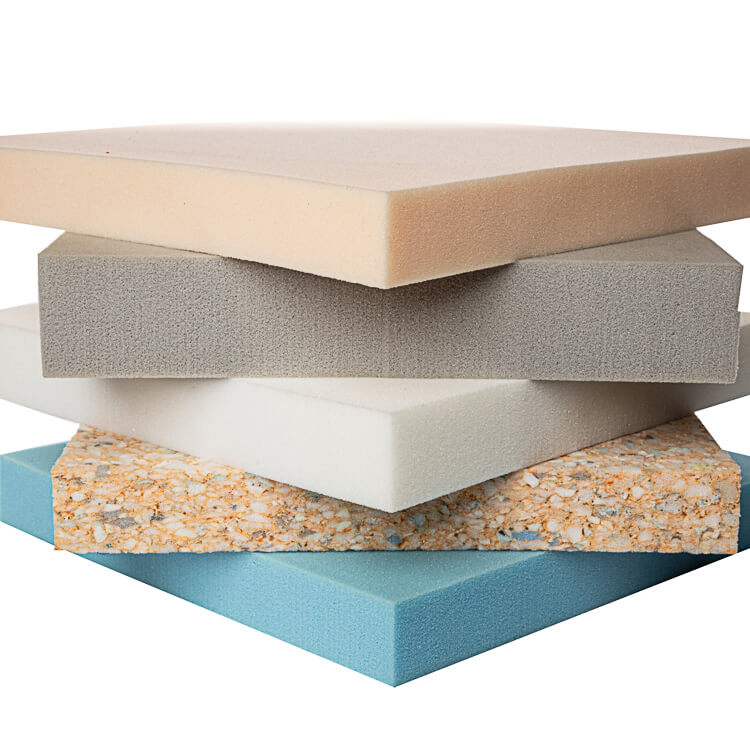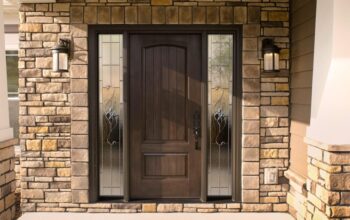Foam filling is a crucial aspect of sofa manufacturing, as it provides comfort, support, and durability. However, when it comes to selecting the right foam filling for sofas, cost is an important factor to consider. Let’s discuss the various cost considerations associated with foam filling in sofas.
Foam Density
Foam density refers to the weight of the foam per cubic foot and plays a significant role in both comfort and cost. Higher-density foams tend to be more expensive but offer better durability and support. On the other hand, lower-density foams are less costly but may lack the longevity and firmness desired in a sofa. Consider the balance between cost and the desired level of comfort when selecting foam density.
Foam Type
Different types of foam, such as polyurethane foam, memory foam, or latex foam, have varying costs. Polyurethane foam is the most commonly used and affordable option, while memory foam and latex foam tend to be more expensive due to their specialized properties. Consider your budget and the desired characteristics of the sofa to choose the most cost-effective foam type.
Foam Quality
Foam quality directly affects both comfort and cost. High-quality foams are more resilient and durable, ensuring that your sofa maintains its shape and support over time. While they may be pricier initially, they can save you money in the long run by reducing the need for frequent replacements or repairs. Balance the initial cost with the long-term benefits of superior foam quality.
Customization
Foam filling can be customized to meet specific comfort and cost requirements. Sofa manufacturers often offer options for varying foam thickness, firmness, and composition. While customization allows you to tailor the sofa to your preferences, it can also affect the overall cost. Consider the trade-off between customization and budget constraints to find the right balance.
Supplier and Manufacturing
The choice of supplier and manufacturing process can impact foam filling costs. It’s important to compare prices and quality among different suppliers, as prices can vary significantly. Additionally, the manufacturing process can affect the final cost. Mass production may result in cost savings compared to custom or artisanal manufacturing. Research suppliers and manufacturing options to find the most cost-effective solution.
Warranty and Longevity:
Consider the warranty and expected longevity of the foam filling. A longer warranty period often indicates a higher-quality foam that is built to last. While such foams may have a higher initial cost, they can provide better value over time. Evaluate the warranty terms and expected lifespan of the foam to understand the potential cost implications in the long run.
Conclusion
When choosing foam filling for sofas, it’s essential to consider cost alongside comfort and quality. By making informed decisions, you can ensure that your sofa provides both comfort and value for money.




